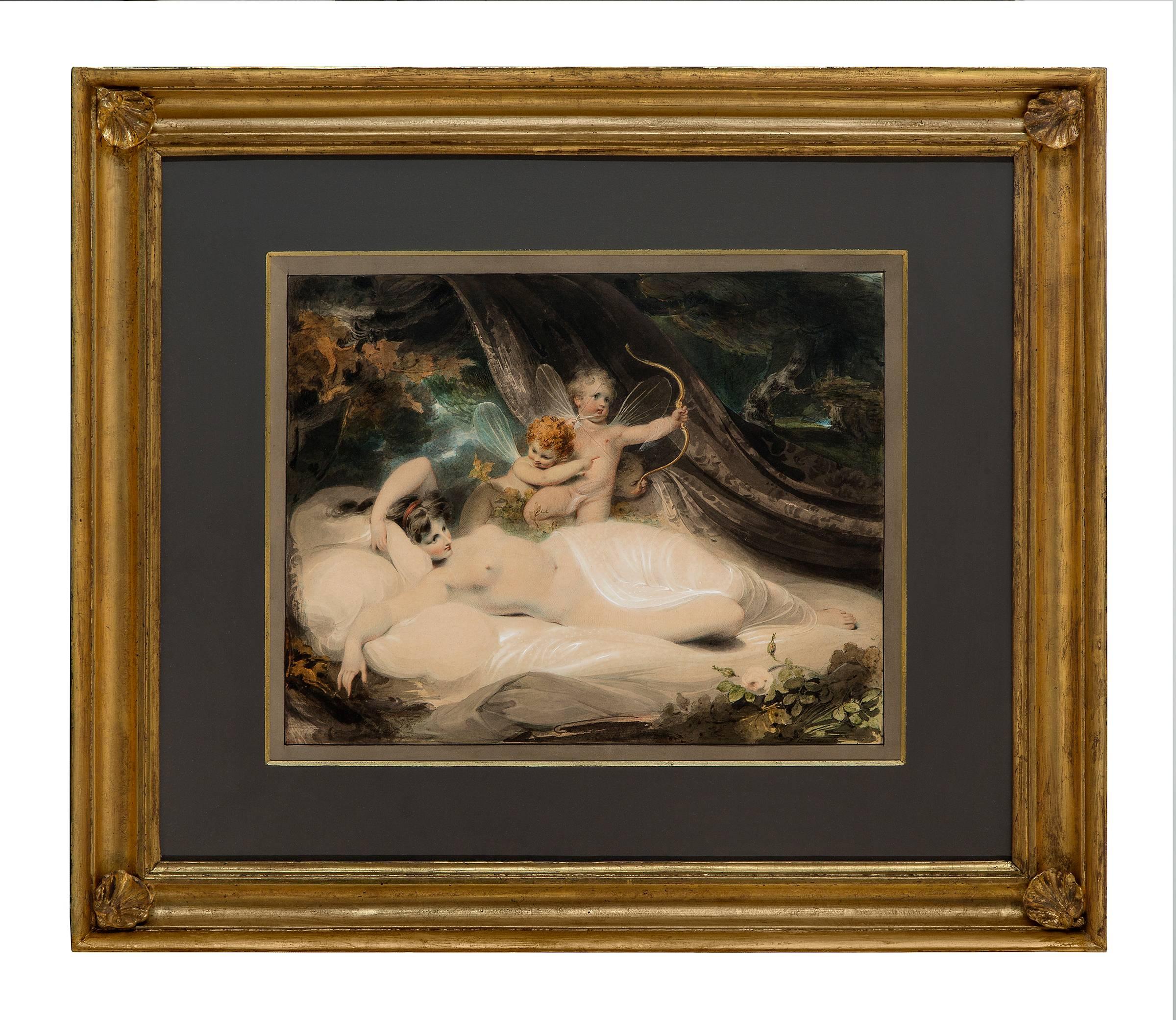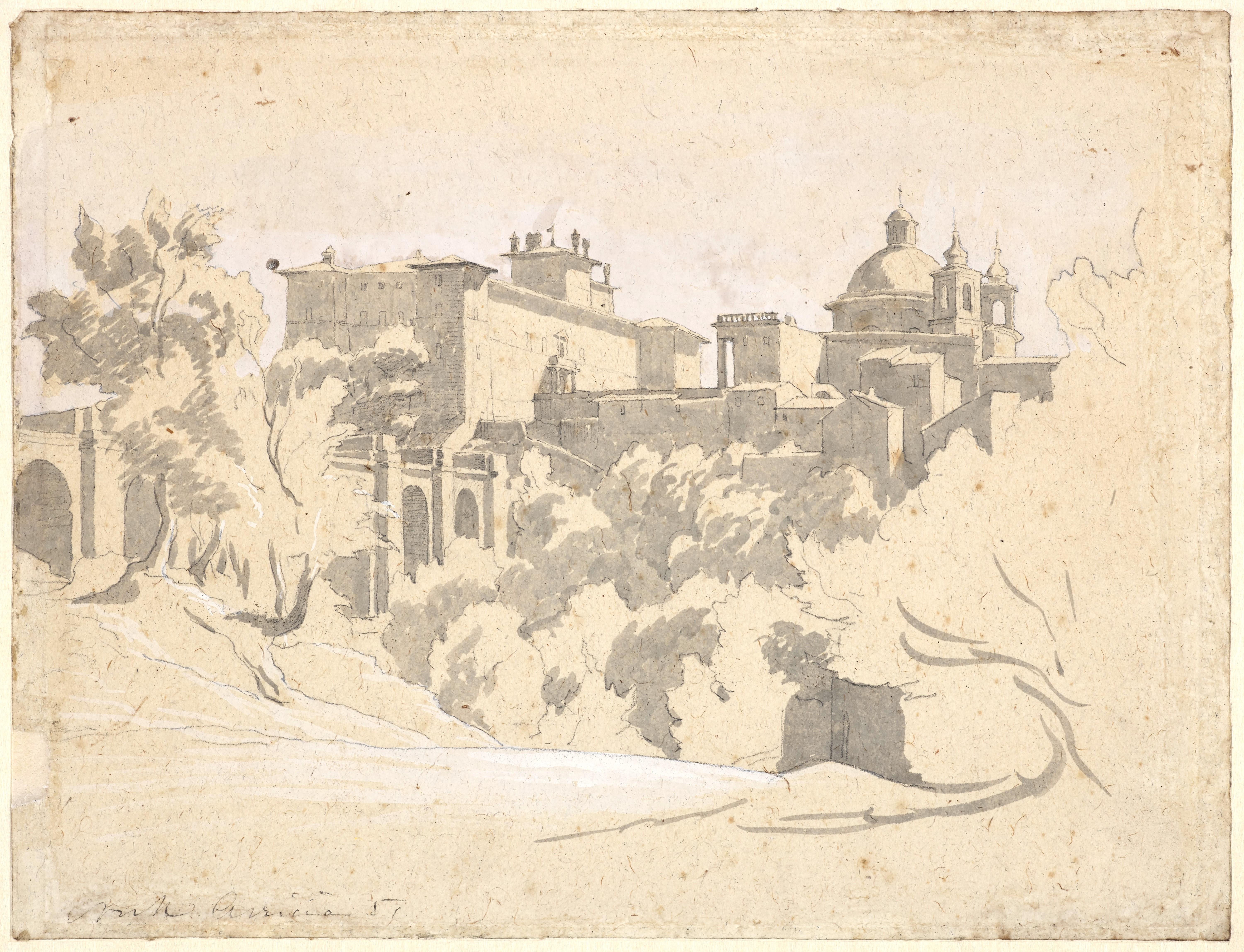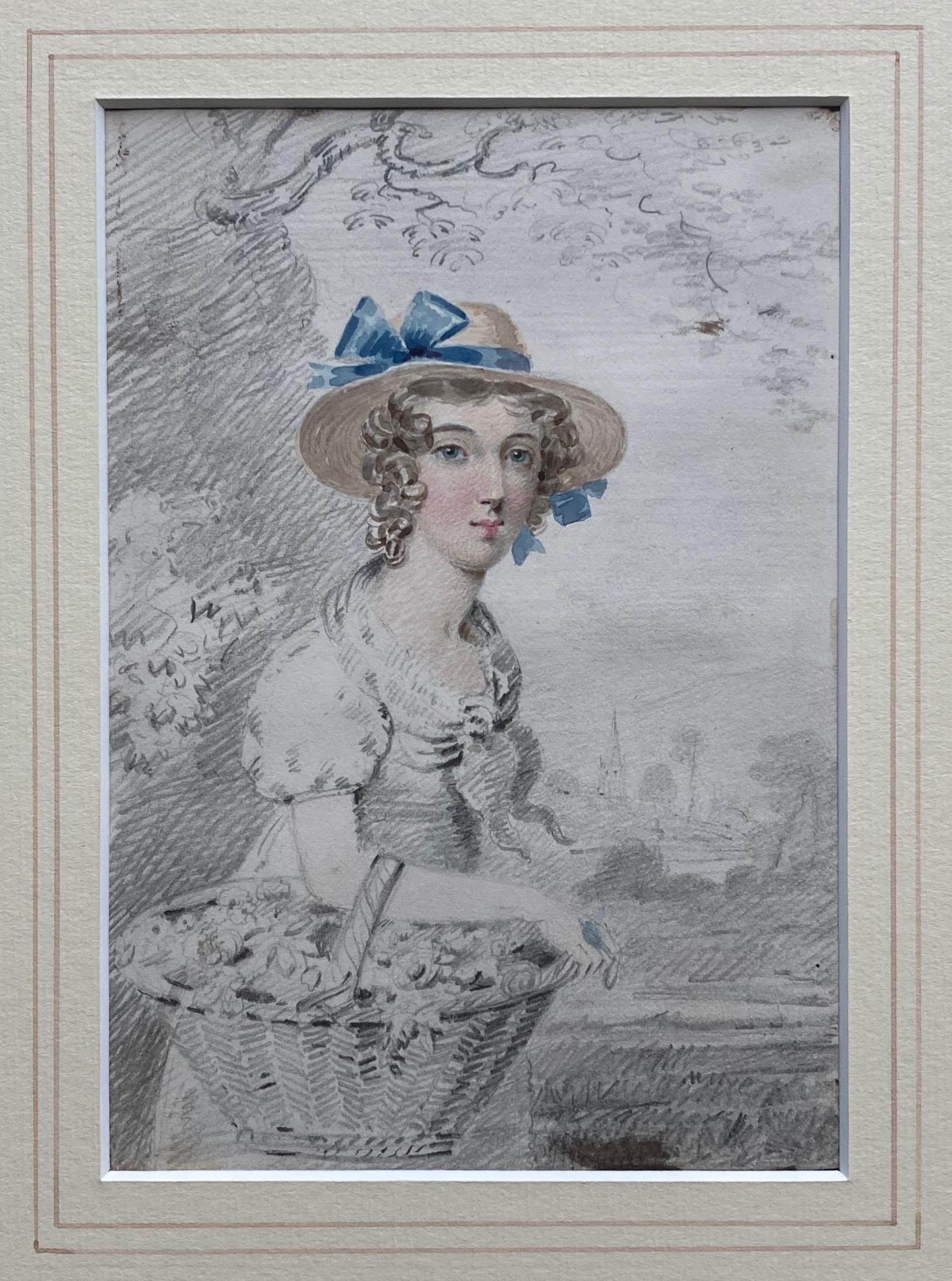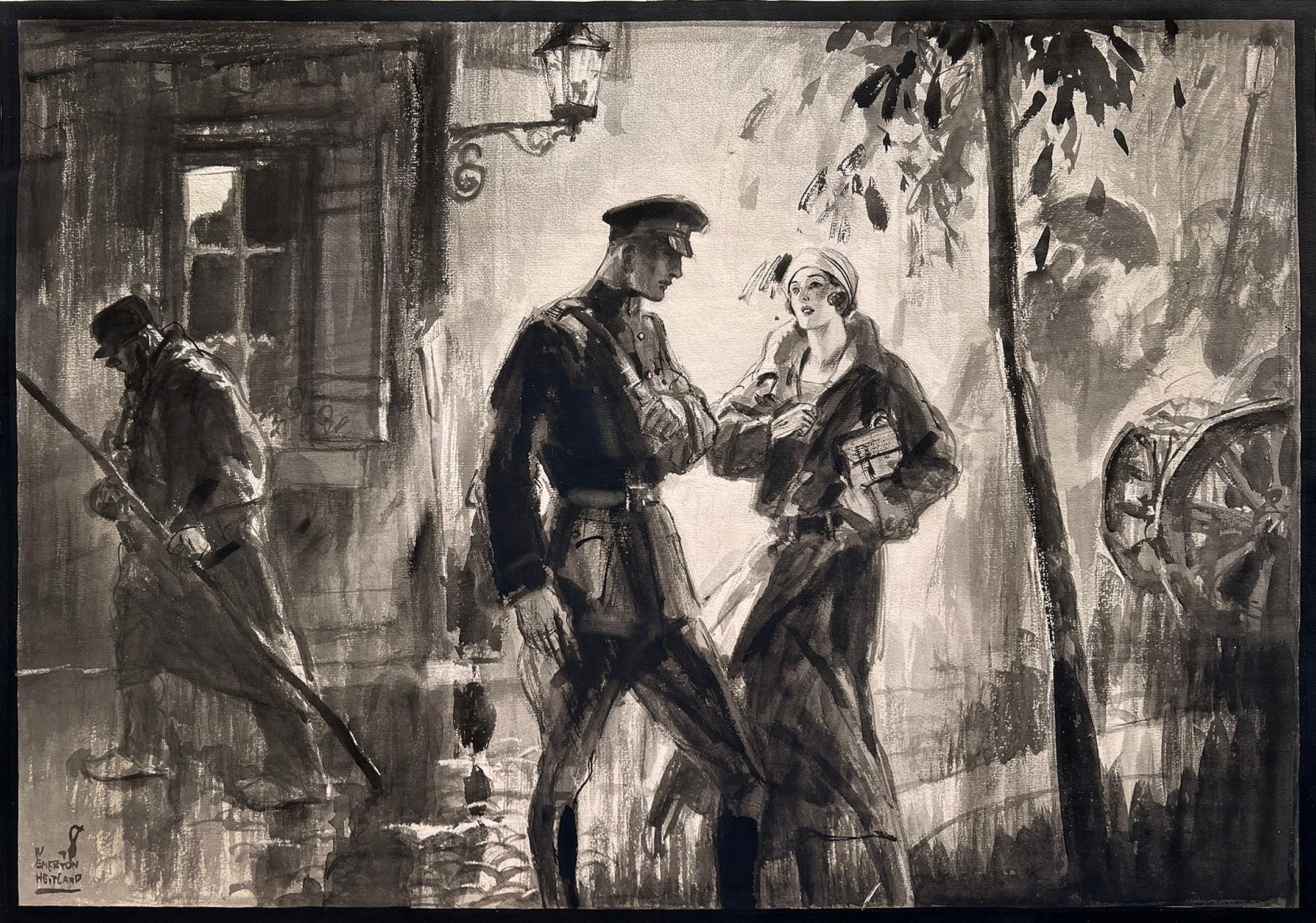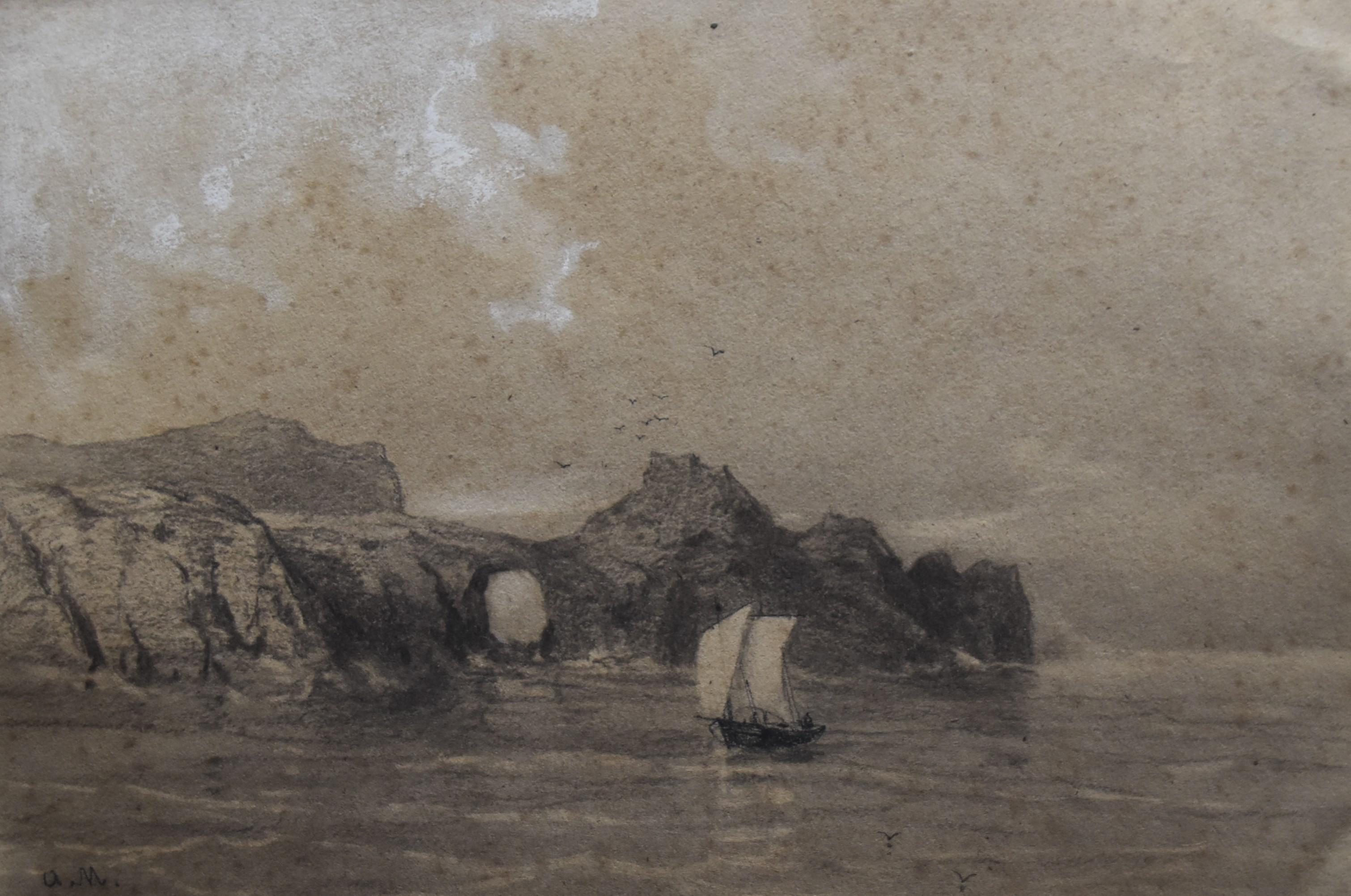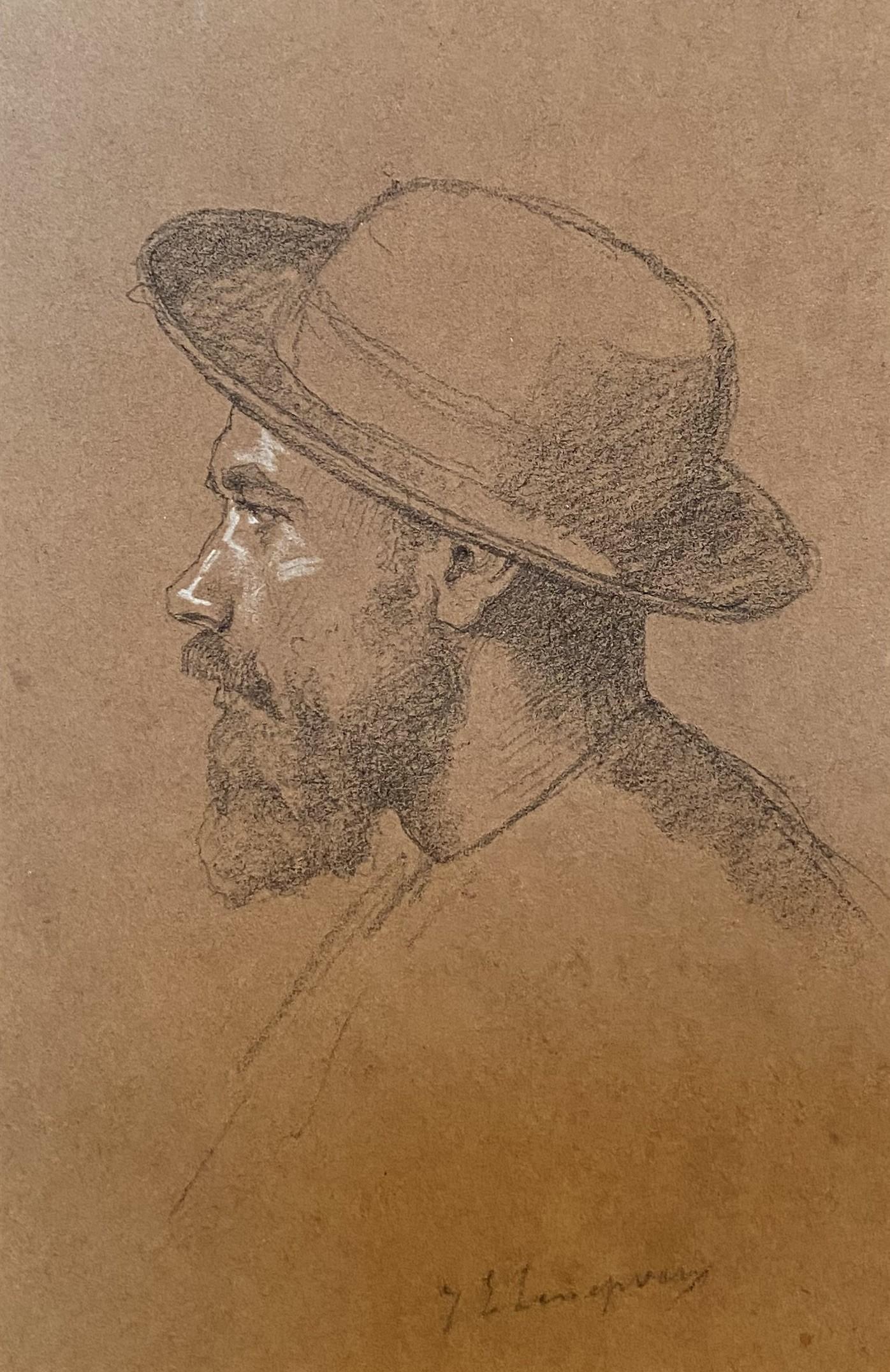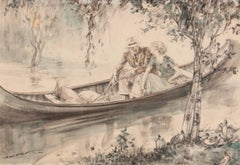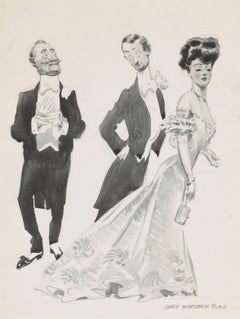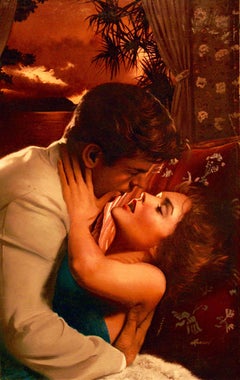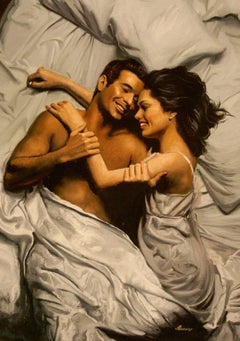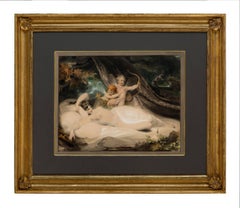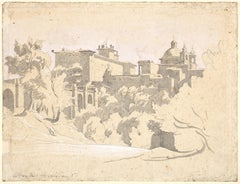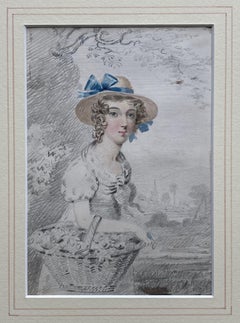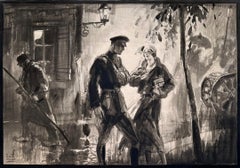James Montgomery FlaggA Struggle
About the Item
- Creator:James Montgomery Flagg (1877 - 1960, American)
- Dimensions:Height: 19 in (48.26 cm)Width: 23 in (58.42 cm)
- Medium:
- Movement & Style:
- Period:
- Condition:
- Gallery Location:Fort Washington, PA
- Reference Number:Seller: 21431stDibs: LU38431158413
James Montgomery Flagg
James Montgomery Flagg was a prodigious illustrator, working as a contributing artist to Life magazine at the surprisingly young age of 14. Flagg was born on June 18, 1877, in the Village of Pelham. He is most famous for creating the first image of the fictional Uncle Sam. His ‘I Want You’ lithographed image of Uncle Sam was published in 1917, during the First World War. It is storied that Flagg used his own image as the model for Uncle Sam, imagining himself as a much older man and with facial hair. Flagg died on May 27, 1960, in New York.
- ShippingRetrieving quote...Shipping from: Fort Washington, PA
- Return Policy
More From This Seller
View All1930s Romantic Paintings
Board, Ink, Watercolor
20th Century Romantic Paintings
Board, Ink, Paper, Pencil
20th Century Romantic Paintings
Board, Oil
1990s Romantic Paintings
Board, Oil
1990s Romantic Paintings
Acrylic, Board
1980s Romantic Paintings
Oil, Board
You May Also Like
1790s Romantic Figurative Drawings and Watercolors
Watercolor, Pencil
1850s Romantic Landscape Drawings and Watercolors
Ink, Gouache, Pencil
Early 19th Century Romantic Figurative Drawings and Watercolors
Pencil, Paper, Watercolor
1930s Romantic Figurative Drawings and Watercolors
Ink, Watercolor, Pencil
1860s Romantic Landscape Drawings and Watercolors
Gouache, Carbon Pencil
1860s Romantic Portrait Drawings and Watercolors
Gouache, Pencil
